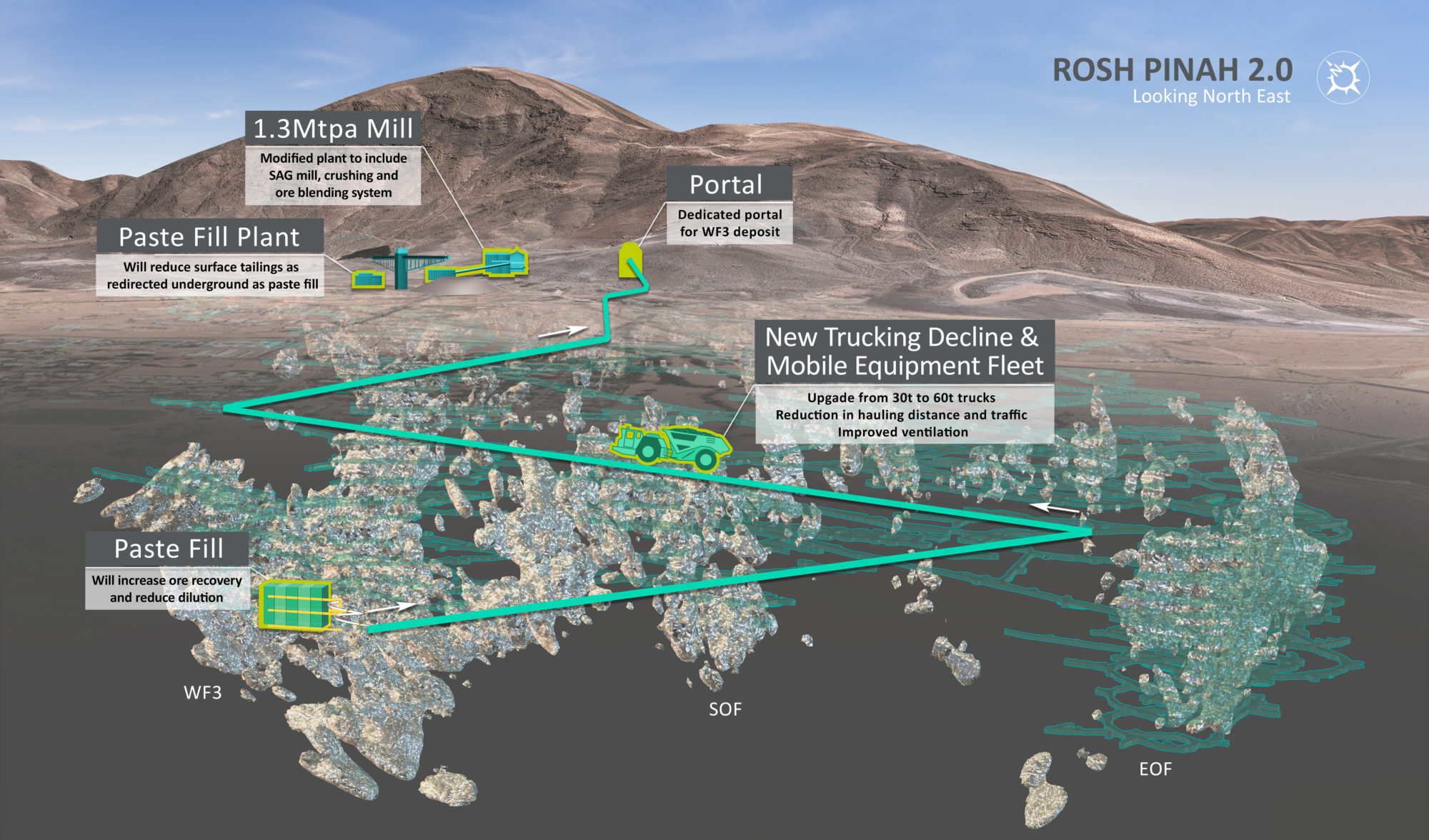Trevali Mining has flagged the potential use of battery-electric vehicles at its Rosh Pinah underground zinc-lead-silver mine, in Namibia, as one route to further reduce the operation’s greenhouse gas emissions if an expansion of throughput goes ahead.
Writing in its just-released 2020 Sustainability Report, the company said the Rosh Pinah expansion, known as RP2.0, could lead to an increase in the underground mining fleet and, with that, the potential use of battery-electric vehicles.
In addition, the company said it was considering increasing the capacity of the underground mobile fleet from 30 t to 60 t trucks for more efficient transportation of material to surface, resulting in better fuel efficiency and reduced ventilation load. The company was also looking to use solar power for at least 30% of the annual energy consumption as a starting point – an aspect the company is close to achieving after signing a a 15-year renewable Power Purchase Agreement with Emerging Markets Energy Services Company (EMESCO) for the supply of solar power to Rosh Pinah in April.
In 2020, Trevali published a positive prefeasibility study on RP2.0, which is projected to increase the throughput of the mine from 700,000 t/y to 1.3 Mt/y, with an 11-year life of mine, post-expansion.
Trevali intended to achieve this through the modification of the processing plant, construction of a paste fill plant, and development of a dedicated portal and ramp to the WF3 deposit.
A feasibility study for the RP2.0 project is underway and is expected to be completed in the second half of this year, with an investment decision thereafter. If approved, construction could commence in the March quarter of 2022, with commercial production potential achieved by the June quarter of 2024, Trevali said.











